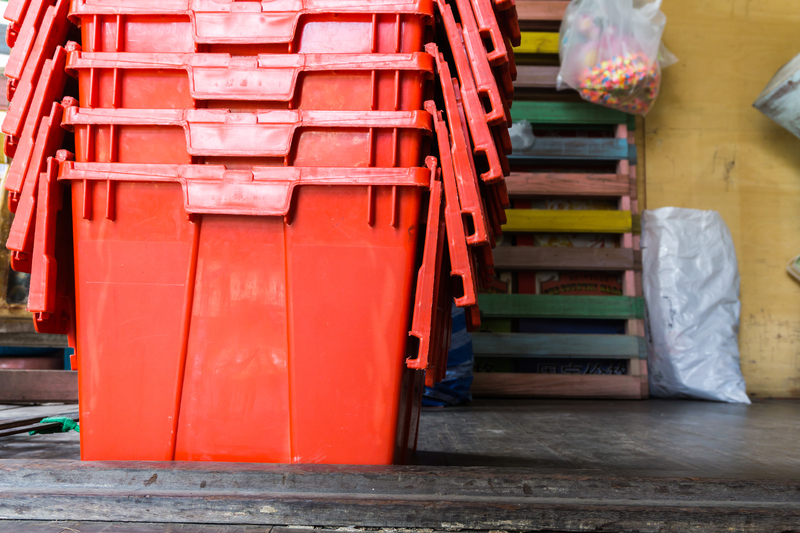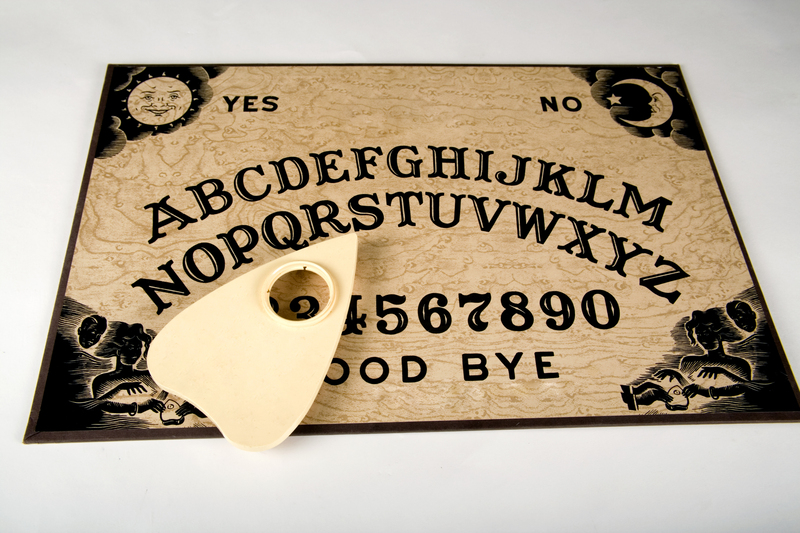Understanding Piano Moving Risks and Why DIY Could Cost You More
Pianos are beautiful, intricate instruments that add value to any home. But moving a piano is no simple task. Whether it's an upright or a grand piano, attempting a do-it-yourself (DIY) move can be risky, both to the piano itself and to those involved in the process. This comprehensive article explores piano moving risks and delves into why opting for professional help over DIY could actually save you money in the long run.

Why Is Moving a Piano So Difficult?
Pianos, renowned for their complexity and delicacy, present unique challenges during a move. Their weight, size, and complex interior mechanisms require specialized knowledge and care. Before you or someone you know attempts to move a piano, it's important to understand the hidden risks.
The Weight and Size Issue
- Upright pianos generally weigh between 300 and 800 pounds.
- Grand pianos and baby grands can tip the scales at 1,000 pounds or more.
- Pianos are awkwardly shaped, often tall and deep, making them difficult to maneuver, especially around tight corners and through narrow doorways.
Delicate Mechanisms Inside
Pianos aren't just heavy; they're incredibly delicate. A typical piano consists of:
- Thousands of moving parts
- Sensitive strings and hammers
- A fine-tuned action and intricate pedal systems
Any abrupt movement or jolt can throw a piano out of tune or even cause serious internal damage that is expensive to repair.
The High Monetary and Sentimental Value
Aside from their cost, which can run into the tens of thousands of dollars, many pianos hold immense sentimental value. Damaging these cherished instruments during a move can have lasting emotional consequences, not just financial ones.
Common Piano Moving Risks
Even the most determined DIY enthusiasts may underestimate the hazards involved in moving a piano. Here are some of the biggest risks:
1. Risk to the Instrument
- Scratches and Dings: Bumping a piano against a wall, staircase, or door frame can easily mar its finish.
- Internal Damage: Jerky movements, dropping, or improper securing can damage the inner workings--such as broken strings, shifted hammers, and cracked soundboards.
- Lost Tuning: Even minor tilts or shocks can significantly disrupt the tuning, requiring a costly retuning by a professional technician.
2. Risk to Your Home
- Damaged floors: Dropped or dragged pianos can gouge hardwood, dent tile, or tear up carpet.
- Scuffed or broken walls and door frames: Due to their bulk, pianos can leave scratches, dents, and holes in walls, doors, and stairwells.
- Staircase destruction: Trying to maneuver a grand piano down a flight of stairs without the correct equipment can cause significant structural damage.
3. Risk to Personal Safety
- Back injuries: Lifting heavy items incorrectly is one of the leading causes of back pain and serious spinal injuries.
- Crushed fingers or limbs: A shifting or dropping piano can cause severe injuries--sometimes even involving broken bones or worse.
- Trips and falls: Navigating stairs or uneven ground with a 500-pound piano poses a serious fall risk.
4. Financial Risks
One of the most commonly overlooked hazards of DIY piano moving is that potential costs can escalate quickly. Here's why:
- Damages may not be covered by your homeowner's insurance.
- Professional repairs, tuning, or restoration can cost hundreds--sometimes thousands--of dollars.
- Medical bills and lost wages from injuries can seriously offset any intended savings.
Comparing DIY Piano Moving vs. Professional Movers
At first glance, moving your own piano might seem like a cost-effective, straightforward solution. But when you break down the real costs, you'll likely find that professional piano movers are the safer--and often cheaper--option.
What Does DIY Really Involve?
When you attempt to move a piano yourself, you're responsible for:
- Recruiting helpers (at least 3-4 strong, able-bodied friends or family members)
- Renting specialized equipment such as piano dollies, straps, skid boards, and a ramp-equipped truck
- Purchasing protective gear like moving blankets, corner protectors, and plywood sheets for stairs
- Planning the move route (measuring doorways, prepping steps, handling tight spaces)
- Lifting and maneuvering the piano (which is physically demanding and risky with inadequate experience)
- Transporting with care to avoid jostling or tipping during transit
Any misstep along the way could result in damages or injuries that cost more than the initial savings from forgoing professional help.
The Advantages of Professional Piano Movers
When you hire experienced piano moving experts, you benefit from:
- Specialized training and experience moving all types and sizes of pianos
- Professional-grade equipment designed to securely lift, move, and transport pianos
- Efficient team coordination for properly navigating stairs, corners, and narrow entryways
- Comprehensive insurance: Most reputable companies are fully insured against damage to the piano or your property
- Proper piano reassembly and placement at the new location
- Accountability and peace of mind throughout the entire process
Professional movers not only reduce the risk of damage and injuries but also ensure that your valuable instrument arrives in tune and in perfect condition.
The Hidden Costs of DIY Piano Moving
Saving on upfront costs is tempting, but let's examine typical expenses associated with a DIY piano move:
- Rental equipment: $50-$150 or more for a dolly, straps, and ramp
- Truck rental: $100-$200, depending on distance and size
- Protective materials (blankets, tape, padding): $50-$100
- Repair costs: Potentially $200-$2,000+ if things go wrong
- Medical expenses: Varies widely--potentially very expensive
In contrast, hiring a reputable piano moving company often costs between $250-$600 depending on the size, distance, and difficulty of the move. Given the risks and potential for costly mishaps, the professional route is frequently the more economical choice.
Real-Life Scenarios: What Can Go Wrong With DIY Piano Moves?
Consider these common scenarios:
- Improperly secured piano tips during transit, cracking the soundboard and requiring a $1,500 repair.
- The instrument falls on a helper's foot at the bottom of a staircase, leading to a broken toe and medical bills.
- Moving straps slip while lowering an upright piano, chipping paint off the walls and damaging both the finish of the piano and the home interior.
- Lack of padding and strapping inside the truck causes strings to break due to vibrations over a bumpy road.
All these situations can be avoided with the right expertise, tools, and insurance coverage.
Critical Tips for a Piano Move (Should You Attempt It Yourself)
If you still choose to move a piano on your own, keep these vital tips in mind to minimize risks:
- Measure everything: Know your piano's dimensions and the path it must travel--including doorways, hallways, elevators, and stairs.
- Don't skimp on equipment: Use professional-grade piano dollies, heavy-duty straps, and plenty of padding.
- Gather enough helpers: Never attempt to move a piano with fewer than four physically strong adults.
- Protect your home: Lay down runners or hardboards on floors; pad all corners and walls.
- Disassemble what you can: Remove piano legs, lid, and other detachable parts if possible for easier, safer maneuvering.
- Secure the keyboard lid: Protect the keys and pedals from impact.
- Take your time: Rushing increases the risk of accidents.
- Prepare for tuning: Plan to hire a tuner after the move, as vibrations will almost certainly throw the piano out of tune.
When You Should Definitely Call a Professional Piano Mover
Some situations truly call for professional help. Don't go it alone if:
- The piano must be moved up or down stairs beyond a few steps.
- You're dealing with a grand or baby grand piano.
- Narrow hallways, tight turns, or sharp inclines are involved.
- The piano is priceless, antique, or holds irreplaceable sentimental value.
- You don't have at least four able-bodied, experienced helpers--or any prior moving experience.
Remember: Not all moving companies are qualified piano movers. Look for specialists with verifiable experience in piano relocation.
How to Find a Trustworthy Piano Mover
Choosing the right piano moving company is crucial. Here's how to ensure you're hiring professionals:
- Check reviews and testimonials: Look for feedback on Google, Yelp, or other reputable sources.
- Ask about experience: Not every mover is skilled in moving pianos--ensure they have proven expertise.
- Verify insurance and bonding: Any reputable mover should provide proof of insurance for both the instrument and your property.
- Request a written quote: A clear, up-front price helps avoid unexpected expenses.
- Confirm equipment: Ask about the specific tools and techniques they'll use to protect your piano.

Frequently Asked Questions About Piano Moving Risks
Q: Can any moving company move a piano?
A: No. Moving a piano safely requires specialized skills and equipment--always hire dedicated piano movers.
Q: Will my piano need to be retuned after moving?
A: In most cases, yes. Even a gentle move will usually affect the tuning, so factor in the cost of a professional tuner after relocation.
Q: Is moving a piano upstairs especially risky?
A: Definitely. Moving up or down stairs greatly increases the risk of drops, accidents, and significant structural or personal damage. Always call professionals for multi-floor moves.
Q: Does moving a piano void its warranty?
A: In some cases, damage from a DIY move could void manufacturer or store warranties. Check with your piano dealer before moving.
Conclusion: Don't Let DIY Put Your Piano at Risk
Understanding piano moving risks is the first step toward protecting your valuable instrument and your home. While a do-it-yourself piano move might seem like a budget-friendly choice, the dangers are real: potential damage, injuries, and hidden expenses can quickly erase any perceived savings.
The smartest, most cost-effective decision is to trust the job to professional piano movers--people whose experience and specialized equipment guarantee a safe, successful relocation. By doing so, you ensure your beloved instrument stays beautiful, functional, and ready to fill your home with music for years to come. Before you attempt a DIY piano move, remember: sometimes spending a little more upfront saves a lot in the end.



